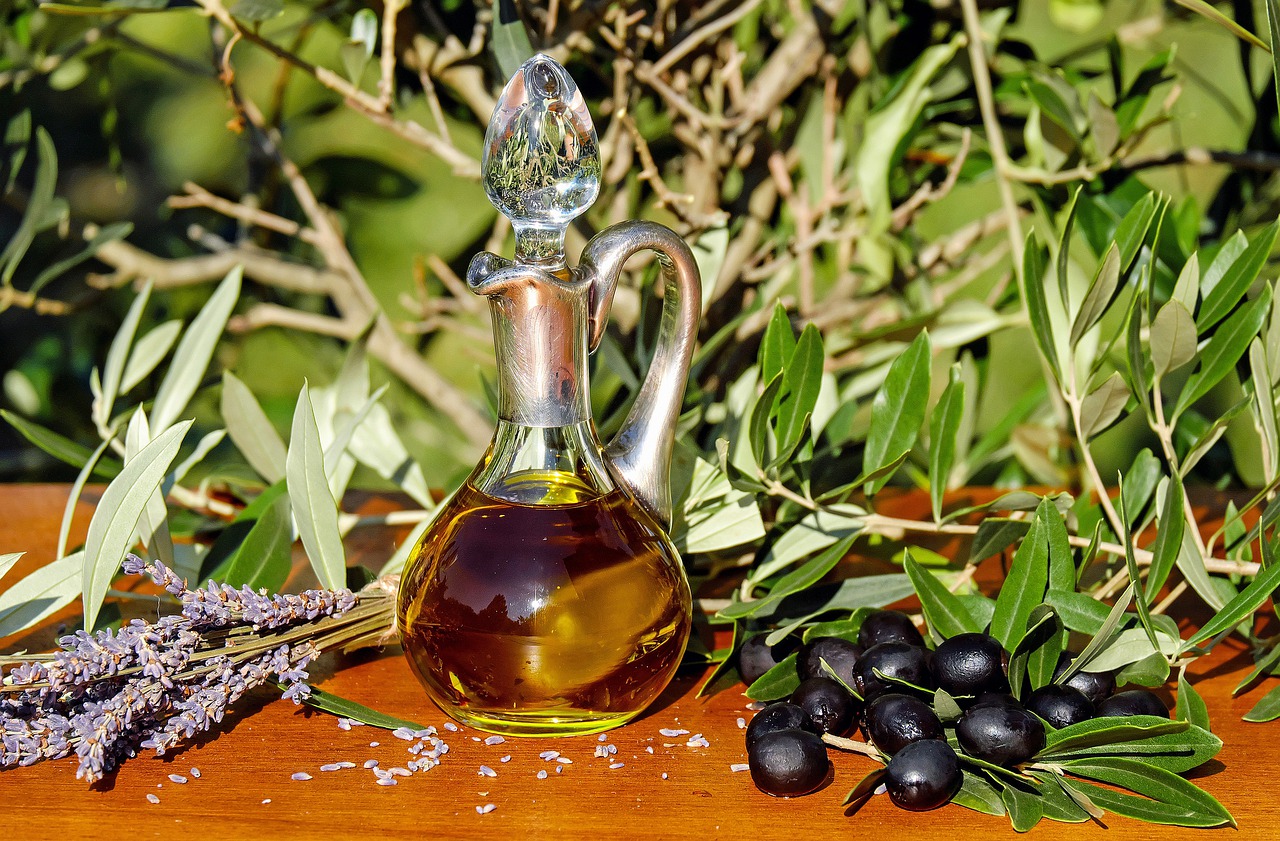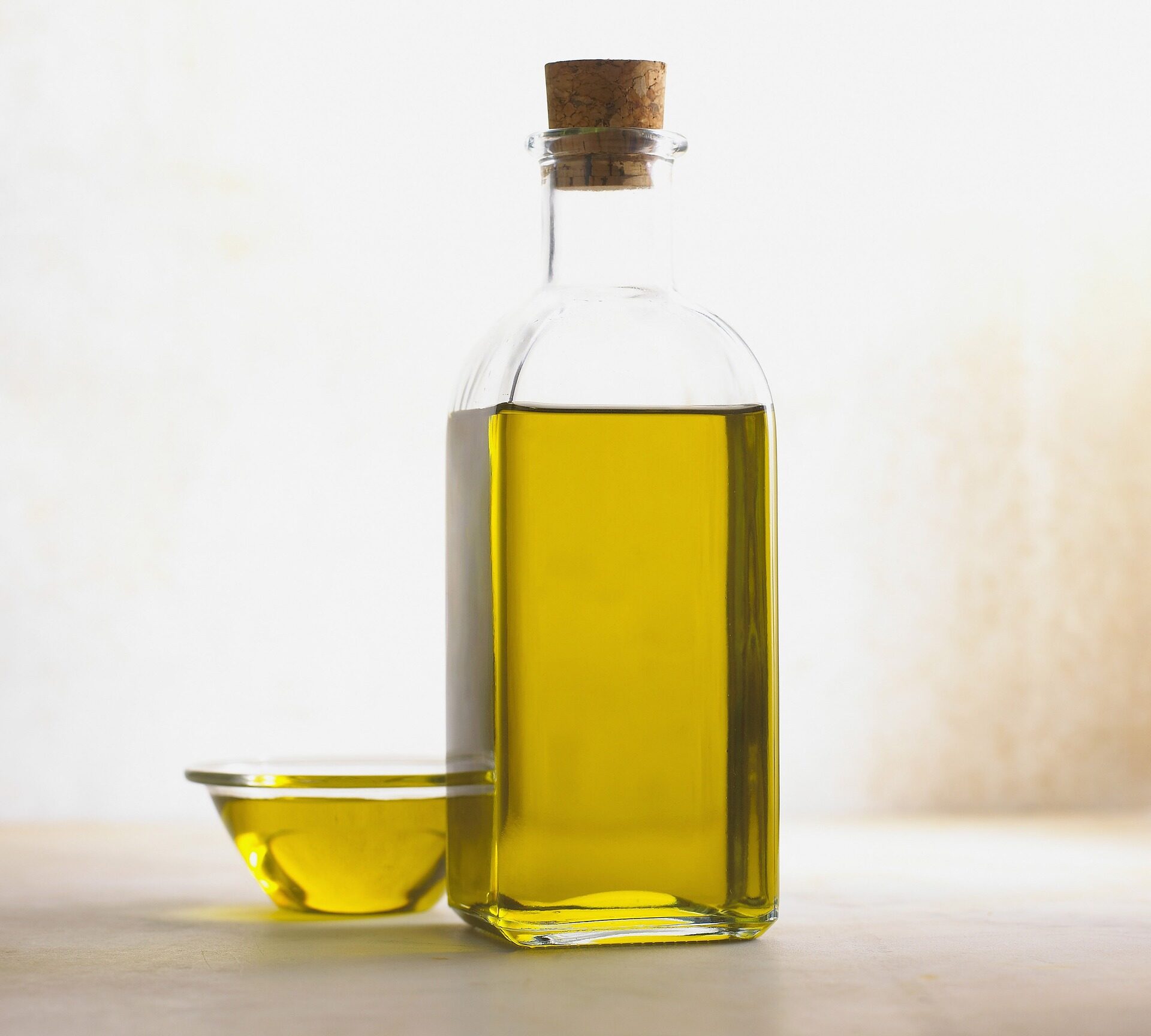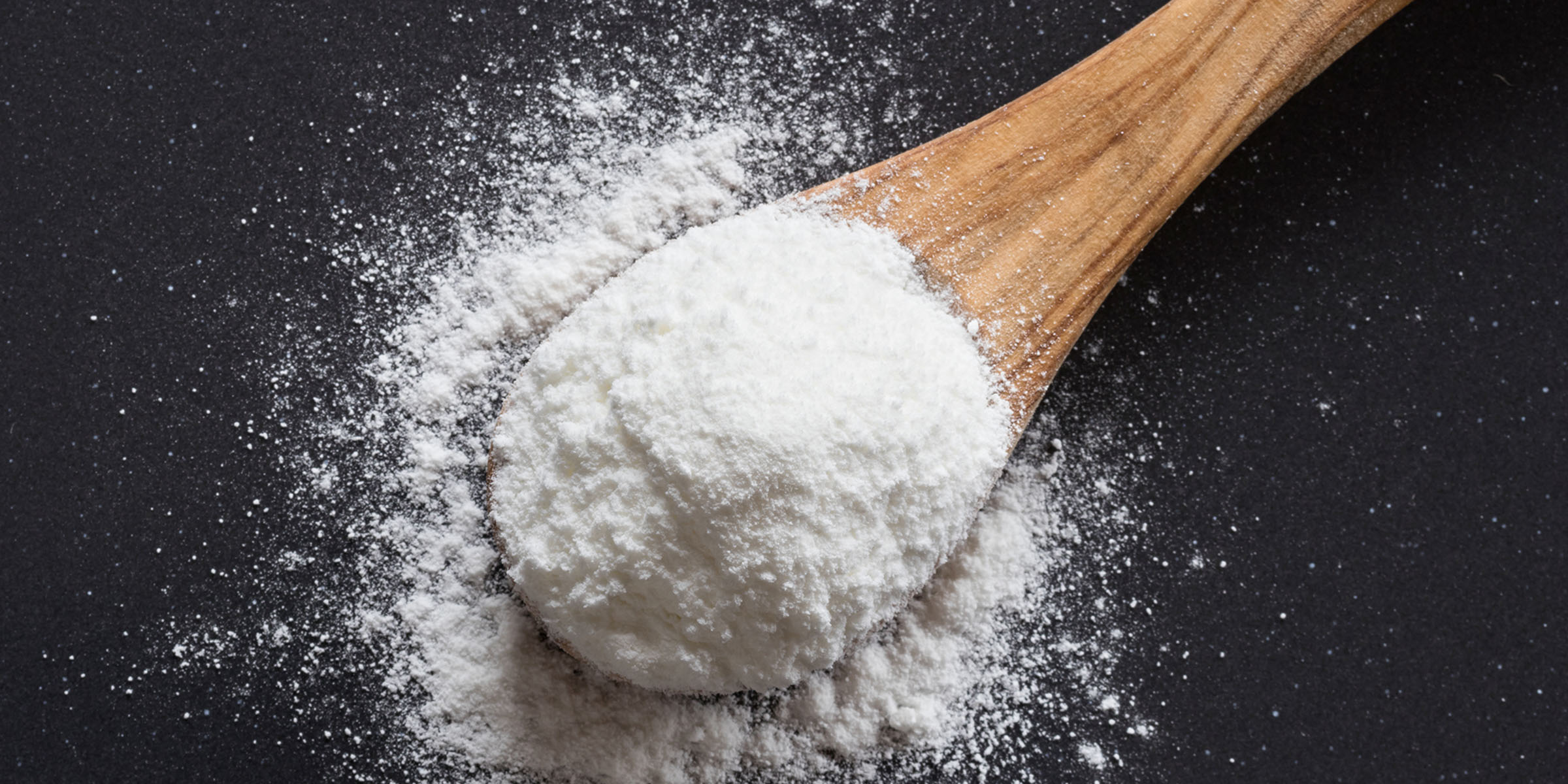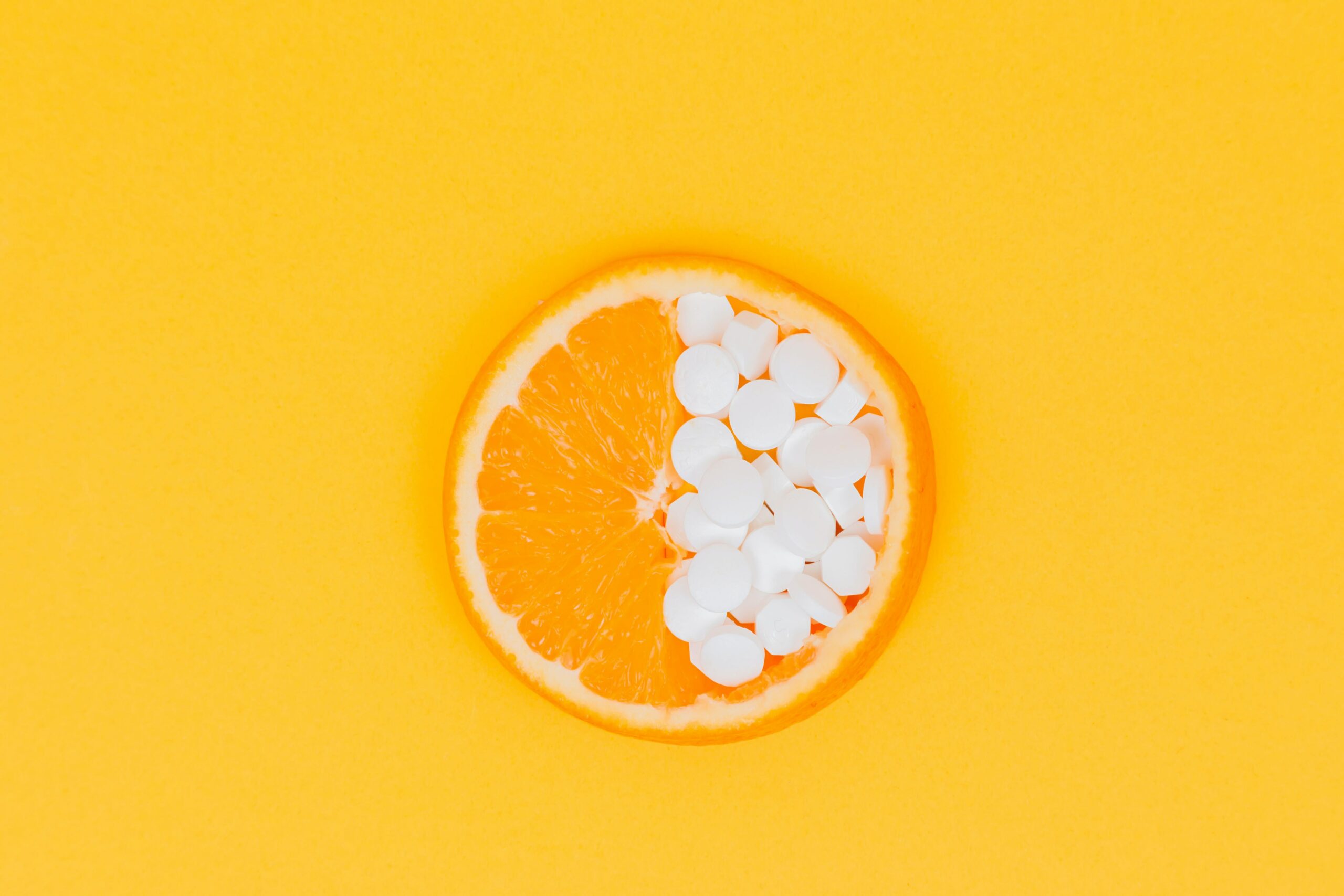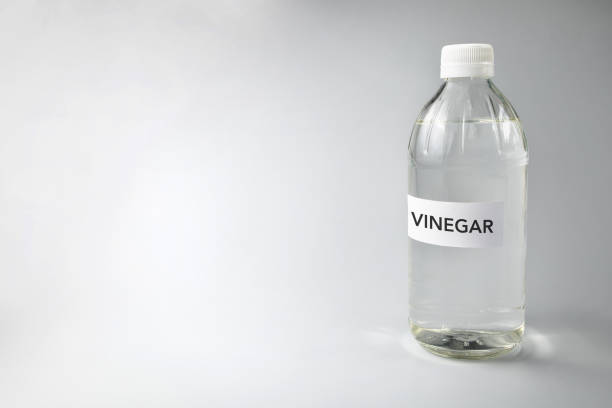I think I speak for the lion’s share of people when I say that our hair is a big part of our identities. So, when our hair adventures go right, we feel empowered and confident. But, when things go wrong, it’s a very different story, leaving us desperate to fix the problem!
Unfortunately, with permanent hair dyes, making amends isn’t always easy – especially if we want to keep our hair in good condition.
So, with that said, in this article, I’ll cover how dyes work and why some hair dye removers are less or more effective than others. Finally, I’ll examine how you can use olive oil as a safe and effective way to remove permanent hair dye.
There is lots to cover, so grab a cup of java, and let’s hop to it!
My Bottom Line Upfront
All in all, I think olive oil is a safe, natural way to remove permanent hair dye. However, it’s important to note that it can’t undo bleaching. I’ll explore these points in greater depth below:
What You Need to Know About Permanent Hair Dye
Firstly, to understand how to effectively remove a permanent hair dye using olive oil, we need to know a bit about how dyes work.
For starters, different dyes boast varying potency based on how well they penetrate the hair shaft. For the uninitiated, the hair shaft is the visible part of the hair strand.
On the other side of the shaft, we have the root connected to the head.
Each shaft of hair has three main layers:
- The cuticle: The cuticle is the outermost layer and comprises cuticle cells. These cells protect the inner layers and regulate how much water goes in and out of the hair.
- The cortex: The cortex sits under the cuticle layer and comprises long, twisted protein strands. Within this protein is the pigment melanin that gives the hair its color.
- The medulla: This layer is only present in coarser hair types, so people with fine hair often don’t have this layer. The medulla is a mass of spongy tissue inside the cortex.
Most semi-permanent and temporary hair dyes are designed to penetrate the cuticle layer. These dyes are non-oxidative, so they can’t usually penetrate the cortex layer.
The opposite is true of oxidative dyes. These are permanent or demi-permanent (permanent dyes not containing ammonia). These dyes typically include:
- Hydrogen peroxide (also known as bleach): This is an oxidant. It’s used to open the hair cuticle layer so the colorant can reach the cortex, allowing the dye to last longer. It also removes the hair’s natural pigment color, so a new color can take its place.
- An alkali agent such as ammonia or ethanolamine: Once the cuticles are open, the alkali agent will penetrate the cuticle layer and carry the colorant to the cortex reaching the melanin.
- A chemical catalyst binds the two together, usually p-Phenylenediamine: This ingredient binds the hydrogen peroxide and alkali agent together in the cortex layer. This allows a chemical reaction to occur, eventually producing the desired color and sealing it to the melanin.
As a result of the above process, where permanent dyes are concerned, the dye particles remain chemically bound to the hair strands. So, they don’t easily wash out even as the hair grows.
This is where a stripper is necessary. Hair strippers are designed to reverse the dying process by unbinding the colorant from your hair strands. However, since permanent dyes sit deep inside the hair cuticles, a strong hair stripper is needed to break down chemical bonds between the artificial coloring and the hair.
Unfortunately, most chemical-based hair dye removers leave hair feeling dry and brittle. Namely, because they often contain sulfur-based stripping agents that rid the hair of its natural oils. Sulfur works by opening up the hair cuticles and breaking down the bond between the dye and your natural hair color, melanin. This makes it easier for you to wash the dye out. However, the problem is that hydrogen peroxide not only oxidizes hair but also neutralizes the hair’s natural pigment color. As such, the color may come out, but the hair will remain bleached.
The Bottom Line
The bleaching effect can’t be undone, so the hair has to be redied until the natural color returns.
How Effective Is Olive Oil?
Many people claim that olive oil is an effective hair dye remover. Still, the science behind this is a bit vague. Like most hair strippers, olive oil isn’t a cure-all for bleached hair. But, unlike sulfur-based strippers, it won’t damage your hair.
With that in mind, here’s what we know about olive oil as a hair stripper:
- Penetrating: Olive oil contains lots of oleic acid – a fatty acid that makes up 50-80% of its composition. Research shows that oleic acid has high levels of hair follicle penetration, so much so that it can reach the part of the hair shaft where hair dye is present.
- Antioxidants: Virgin olive oil contains a chemical called hydroxytyrosol (also known as HT). HT is a natural antioxidant. As hydrogen peroxide oxidizes hair, HT can help reverse that process. I.e., break down the bonds between the dye and the hair. Moreover, antioxidants have been proven to reduce water loss (keeping hair moisturized), reduce hair loss, and improve hair thickness – win-win!
- Antibacterial: Olive oil contains a nutrient called polyphenol, inhibiting bacteria growth and improving overall scalp condition.
Olive oil’s efficiency as a dye remover isn’t clear. But many people swear by it, and if we look at the research, it can reach the part of the hair where dyes reside, and its HT content can help kickstart the undoing of the oxidization process.
But one thing’s for sure. While olive oil isn’t as powerful as traditional sulfur-based strippers, it undoubtedly leaves your hair in better condition.
How to Use Olive Oil As a Dye Remover
If you want to try olive oil as a natural dye remover, it will take time. With that in mind, below, I’ll cover the steps and materials you’ll need to hit the ground running:
Materials
- 0.5 to 1 cup of virgin olive oil (the amount you’ll need will depend on hair length)
- A shower cap
- Your usual shampoo and conditioner
- A microwaveable cup or dish
- A towel
Instructions
- Wash your hair, as usual, but use hot water.
- Squeeze out any excess water from your hair and cover with a shower cap.
- Drape a towel around your shoulders to catch any drips.
- Fill a microwaveable cup with your olive oil and heat in the microwave for 16 to 30 seconds. The oil should be warm but not boiling.
- Massage the warm oil into your scalp, from the roots to the tips.
- Recover your hair with the shower cap and wait 30 minutes. (Again, use the towel to prevent dripping – olive oil can cause breakouts, so try not to get it on your skin)
- Rinse your hair with warm water.
- Shampoo your hair again and rinse with lukewarm water
- Follow up with your conditioner and rinse as usual.
You can repeat this process once or twice a week until the dye fades. If you have naturally greasy hair, only do this once a week.
Before redying, wait at least three weeks from your last oil treatment.
Best Practices for Removing Permanent Hair Dye with Olive Oil
Here are a few best practices for using olive oil to remove hair color:
- Use extra virgin olive oil – this will have the most effect.
- Allow the oil to cool a bit when it comes out of the microwave. Don’t risk injury from hot oil, and always test the temperature before putting it in your hair!
- For step one, use hot water, not just warm water. This can make the process slightly unpleasant and hard to bear. But it’s essential to open up the hair cuticle for effective treatment.
- Repeat the treatment several times weekly as needed.
- When rinsing away the olive oil, opt for clarifying shampoo rather than ordinary shampoo, as this helps wash the dye out.
- Be careful to secure your shower cap tightly to prevent dripping onto your skin.
Pros and Cons
Now that I’ve covered how to use olive oil to remove dye from your hair, below I’ll list the pros and cons of this hair stripping method:
Pros
- Olive oil contains antioxidants that stimulate hair growth and improve its quality.
- Olive oil doesn’t contain the harsh chemicals found in other hair dye removers that can make your hair brittle.
- Olive oil is sometimes cheaper than chemical hair strippers.
- Olive oil is better for the environment. Pouring hair dye down the sink can contaminate water sources. In contrast, olive oil doesn’t have as much of a negative impact.
Cons
- It takes a long time to work.
- If you’ve used bleach, olive oil won’t bring your natural hair color back.
- Olive oil can clog your scalp’s pores, so thoroughly remove all traces of oil after the treatment.
- If you have naturally greasy hair, olive oil can exacerbate this problem.
- Olive oil can cause skin breakouts – especially if you suffer from conditions like acne. So be sure to wipe away any oil drips on your face as quickly as possible.
Other Natural Ways to Remove Permanent Hair Dye
Suppose it’s olive oil’s natural properties that have piqued your interest. In that case, it might be worth considering a few other natural hair dye removal options. Especially if you have naturally greasy hair or are worried about skin breakouts. So, below I’ve listed a few different ways you can naturally fade unwanted hair dye:
Baking Soda and Dandruff Shampoo
Baking soda acts a lot like bleach! You can use baking soda and a dandruff shampoo of your choice in equal parts to create a paste. The higher pH level enables you to strip away unwanted hair color. Allow the mixture to sit in your hair for around 20 minutes before rinsing it.
Vitamin C
Vitamin C is a perfect solution for lightening your hair. All you need for this treatment are effervescent vitamin C tablets (the kind that dissolves in water). These contain an acid that helps to fade hair color. Mix 1g of vitamin C powder into your shampoo. Apply this evenly to your head and let it rest under a plastic cap for around 10 mins. Then, rinse with lukewarm water and use a conditioner.
White Vinegar
I’ve already said how various acids help remove hair dye, so it’s no surprise that vinegar works too. You can use white vinegar to fade permanent hair dye without damaging your hair or scalp. This particular type of vinegar is more acidic than, say, cider vinegar. Therefore, it’s more effective.
Mix white vinegar and water in equal parts before applying it to your hair. Again, leave a cap on while the mixture rests in your hair for about 25 minutes. Then rinse the vinegar out of your hair and follow the treatment with a conditioner.
Be prepared to repeat this process a few times before noticing an impact.
FAQs
Last but not least, before I wrap up this blog post, I’ll try to answer some common questions about using olive oil to remove unwanted hair dye:
Answer: While not all oils are equally suited for hair dye removal, others have a similar effect. For example, coconut oil is often praised as one of the best natural solutions for removing color. Lavender oil will also strip dye away slowly, as will almond and jojoba oil. The two latter oils are also less greasy, making them a better solution for those with naturally greasy hair.
Answer: Yes, extra virgin olive oil works best because it’s olive oil’s most unrefined form. However, if you can’t get your hands on extra virgin olive oil, pure virgin olive oil or refined olive oil may also do the job.
Answer: Olive oil works just the same on semi-permanent dyes as on permanent ones. In fact, as it’s quicker and easier to wash out semi-permanent dyes, you’ll likely notice the olive oil’s impact faster.
Answer: Unfortunately, olive oil isn’t a miracle cure for removing all hair dyes. For example, if you’ve opted for an intensely pigmented shade or a vibrant color, such as violet or blue. In that case, you might need to use a more potent hair stripper.
Using Olive Oil to Remove Hair Unwanted Hair Dye: My Final Thoughts
Suppose you’re looking for a natural and eco-friendly way to strip unwanted hair dye from your hair. In that case, olive oil might be the solution for you. But, like most gentler treatments, olive oil doesn’t match the effectiveness of a chemical hair dye stripper. It will likely take several treatments to show real effects.
However, olive oil is a great way to lighten your hair a few shades over time without damaging your locks or pouring chemicals back into nature. So while it might not be the right option for very vibrant or naturally greasy hair, it’s an affordable hair dye removal treatment that might strengthen your hair and stimulate growth!
I’d love to know how olive oil worked for you in the comments below – speak soon!
Looking for more interesting readings? Check out:
- How To Do Highlights At Home Guide: Get A DIY Hair Color You’ll Love
- Wella Color Charm Review And Guide: Is It Worth The Hype?
- Does Hair Dye Expire? Should You Toss Your Dye?
- How to Thin Hair - November 30, 2022
- Undercut Stacked Bob Ideas & Style Guide - November 21, 2022
- Scarlett Johansson Short Hair Style Guide - November 12, 2022



